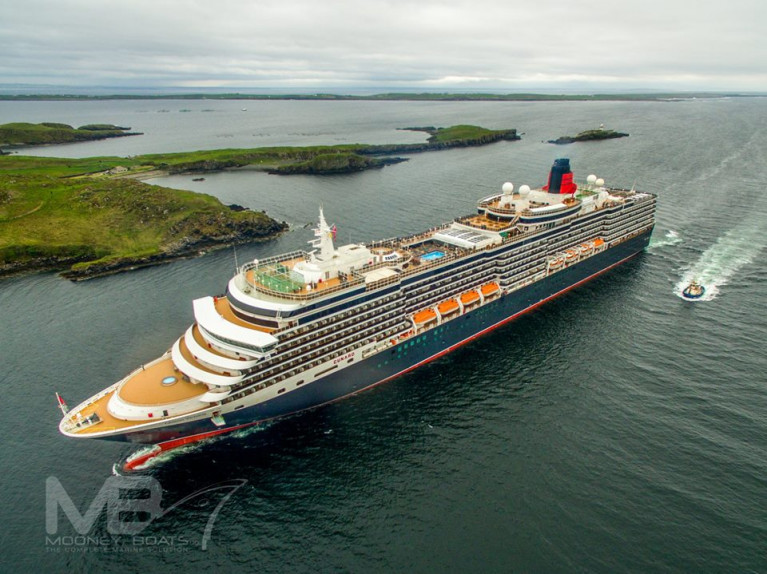Harland & Wolff plc's Belfast shipyard has been awarded a drydock contract for two cruise ships from Cunard and P&O Cruises (see story) respectively that will occupy the Belfast drydock for 33 days in total.
The companies have selected Harland & Wolff’s iconic 81-acre Belfast shipyard to undertake drydocking works on two of its ships, Queen Victoria (related newbuild) and Aurora.
The works due to be undertaken to both ships are standard drydocking operations that will give Harland & Wolff the opportunity to demonstrate to the wider cruise industry, its skills, capabilities and expertise in these types of projects.
The first ship to dock under this agreement will be Cunard’s Queen Victoria that entered service in December 2007. With a length of 294m and a beam of 32.3m, it will be in the yard from 2nd – 19th May 2022. Queen Victoria will be the largest cruise ship ever to have drydocked in a UK shipyard and the only Cunard ship to have ever drydocked in Belfast.
The second ship is P&O Cruises’ Aurora that entered service in May 2000. With a length of 270m and a beam of 32m, it will be in the yard from the 9th – 23rd June 2022.
The arrival of these ships in Belfast will mark another milestone completed in relation to the Harland & Wolff’s re-activation strategy across its key markets. Harland & Wolff’s strategy has been very clear, i.e., to operate in five markets and six service sectors to ensure continuity of projects and to provide longevity of employment for the core workforce. This will result in improved productivity and reduced project costs for vessel owners.
With the recent release of the National Shipbuilding Strategy (NSbS), repairs & maintenance projects as well as through life support services are key activities that will facilitate the continuity of skills and enhance productivity levels that will be required to win new build projects. As indicated in the NSbS, there are over 150 domestic vessels to be built in the coming years in addition to the fabrication works for the renewables sector following the latest ScotWind licensing round and future licensing rounds yet to be announced.
Harland & Wolff, group CEO John Wood, commented: “When acquiring the assets of Harland and Wolff (Belfast) in December 2019 and in a pre-pandemic period, the cruise industry was one of our key target markets.
“Our facilities are ideally placed to capitalise on these types of large projects whilst we continue servicing our smaller but regular clients. We have now secured contracts in four out of our five markets; commercial, cruise & ferry, renewables and energy – we now look forward to completing the final milestone of securing a defence contract in the near future.”
Carnival UK, vice-president maritime David Varty said: “We are delighted to be able to have these two ships at a UK shipyard with such a long heritage and reputation and we very much look forward to supporting the UK maritime industry and working closely with the Harland & Wolff team on this project.”



























































